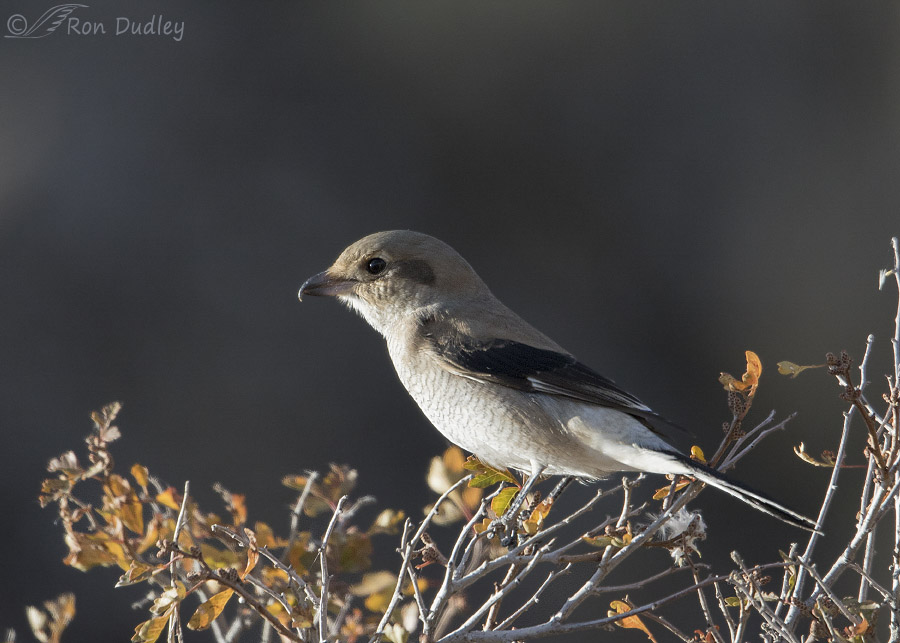Tag: northern shrike
Strategies for Photographing Birds at Take-off
Photographing birds at take-off is very different from shooting them in flight, for a variety of reasons. In fact in some ways it’s more difficult. First, I’d best define what for me is a take-off shot. I think it’s a take-off and not a true flight shot when any of the following conditions are met: a.) the bird’s feet are still touching the perch, b.) the feet are still extended down or behind the bird from the effort of pushing off the perch and not tucked up against the body in an aerodynamic position or c.) it’s obvious from the flight posture of the bird or the presence of the just departed perch in the image that it has just taken off. I realize that this is an arbitrary definition and that technically as soon as the bird has left the perch it’s in flight but that’s how I’ll define it for this discussion. Take-off shots have lots of appeal for many, largely because the effort required for lift-off often provides a very dynamic flight posture with the wings, tail and legs/feet in exaggerated positions compared to “simple” flight. Many novice bird photographers are intimidated by the difficulties of flight photography and attempt take-offs instead, in the mistaken assumption that they should be relatively easy. Not so. Following are some strategies and tips for getting good take-off images that have worked for me. I hope they’ll be helpful to some of you. Plan ahead to avoid clipping body parts – particularly the wings: Many novice avian photographers are unpleasantly surprised by the amount of wing extension during take-off and they cut…
The Northern Shrike and the Good Samaritan
This blog post will be more about the experience I describe than about the shrike images. The Northern Shrike has been a nemesis bird for me for a long time. I have many good images of its southern cousin the Loggerhead Shrike but the northern is an uncommon winter visitor to the northern US and I’ve seldom seen one and never been close enough to the species for good, detailed images – until this week. And I very nearly didn’t get the shots. Northern Shrike This winter there has been a single (as far as I can tell) Northern Shrike wintering at the Great Salt Lake wetlands where I often shoot but I’ve never been able to get close enough to it for a quality shot. Two days ago I was finally able to approach the bird but it wouldn’t have happened without the kind actions of a good Samaritan. As I was driving down the dirt road I could see the shrike flitting from perch to perch in front of me. Several times I almost got close enough but then it would spook again. Finally, just as I got close and trained my big lens on the shrike, wouldn’t you know it – a car came up behind me on the narrow road. If it had passed it surely would have spooked the bird. But it didn’t. The driver could see my lens pointed out the window at the bird and simply stopped on the road, turned his engine off and waited respectfully for over 5 minutes as I photographed the shrike before it…


